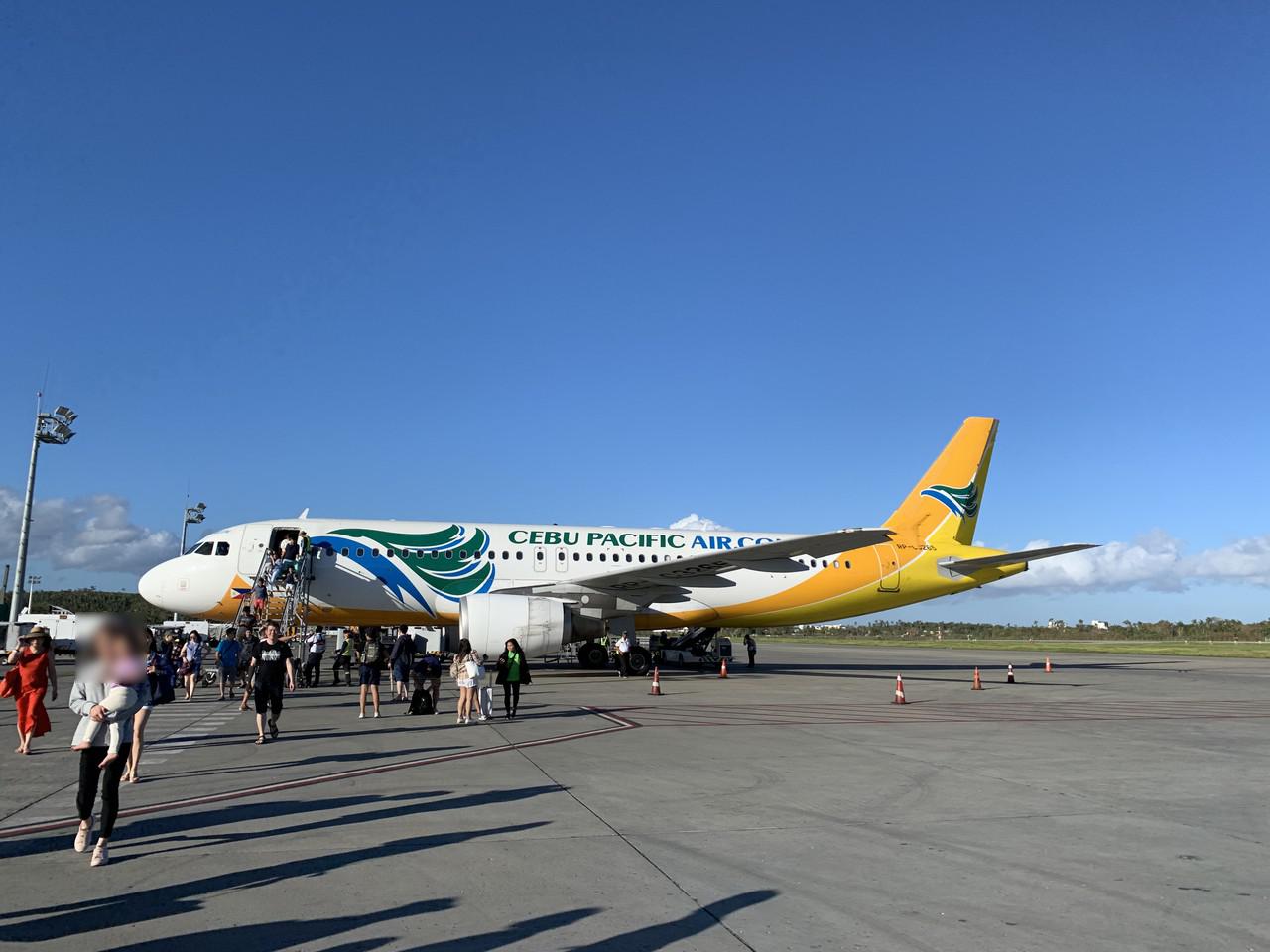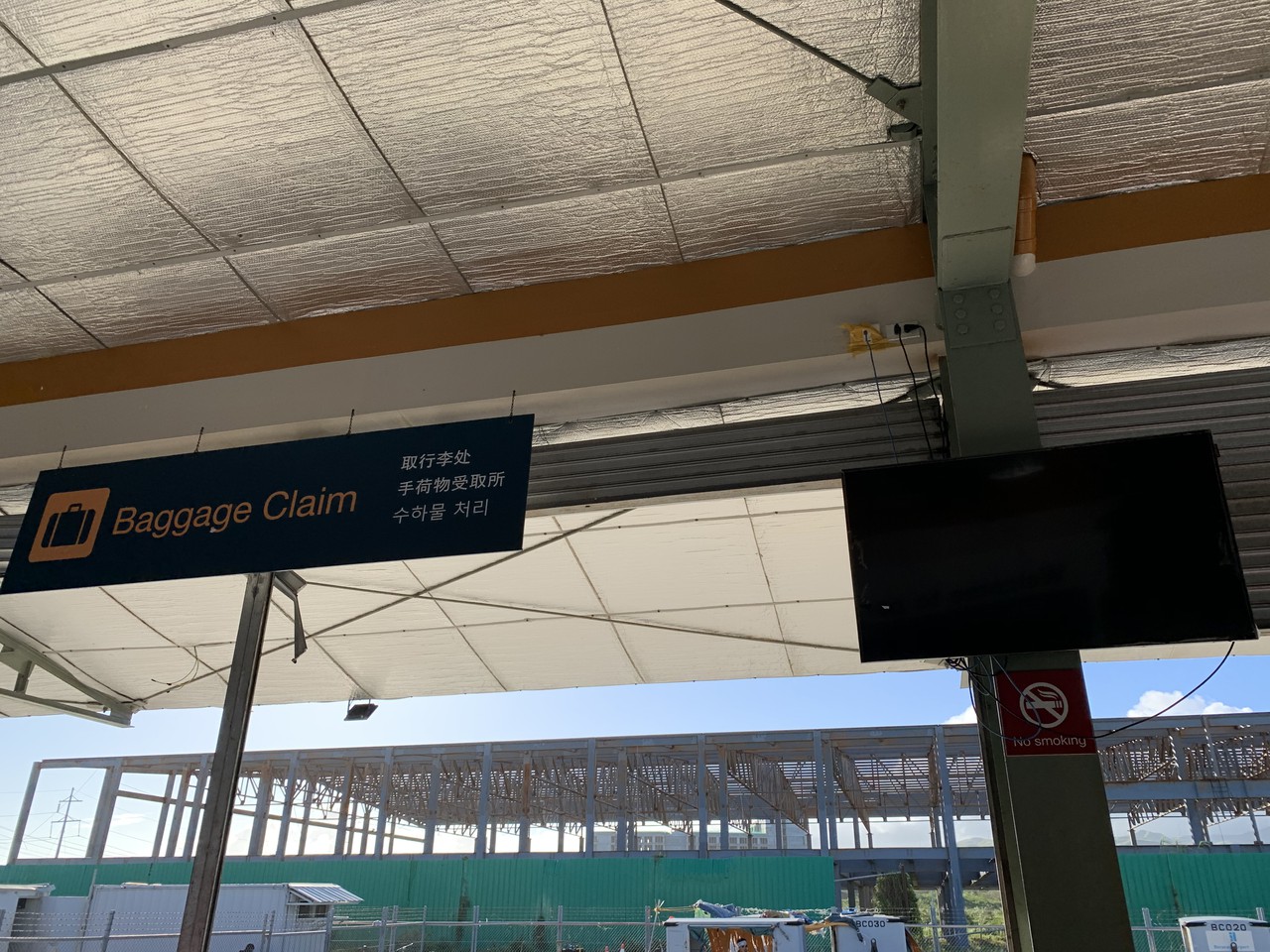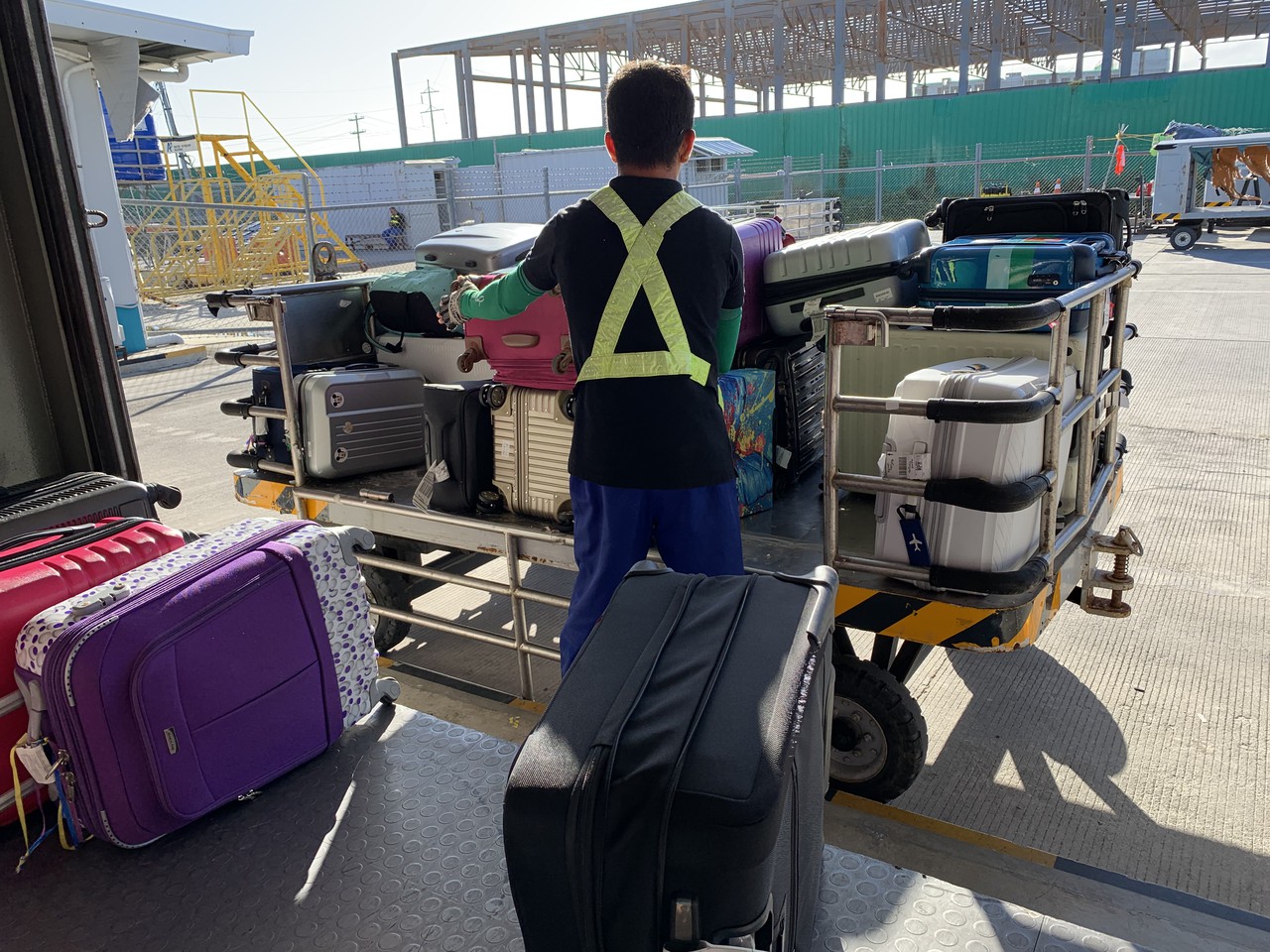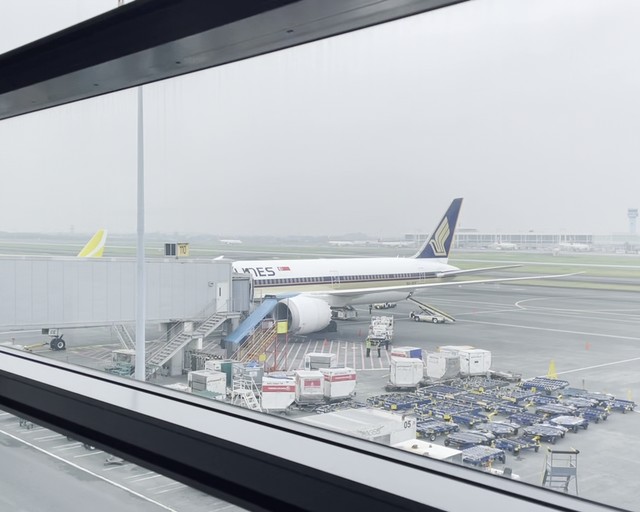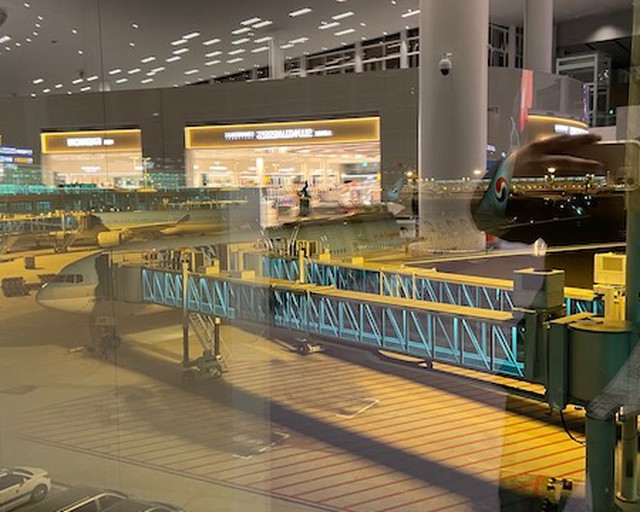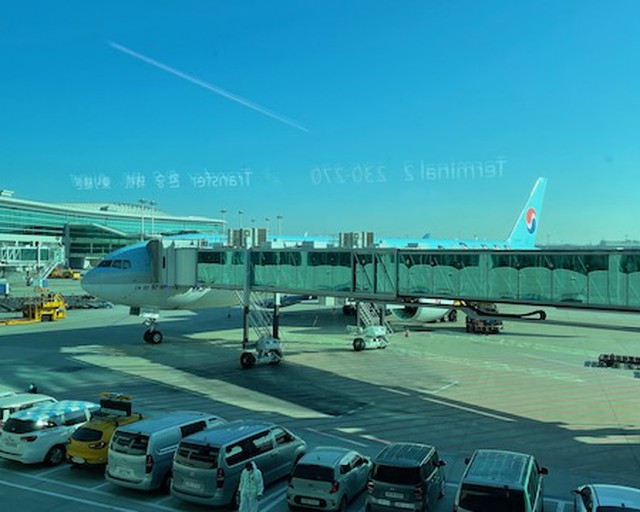Flight routing
- 15J891: MNL-MPH
- 2Z2224: MPH-MNL
As part of my last-minute Christmas trip to the Philippines, I went on my family’s annual new year's pilgrimage to Boracay, an popular tourist island in the Central Philippines. A trip to warm tropical filipino beaches is a far cry from my New Year’s trip to the cool sub-polar Nordic region just one year ago.
But this fourth visit was unique for two reasons. First, it’s my first time to travel to Boracay since the island reopened following a six-month government-mandated closure in 2018. New rules and major changes have resulted. Second, just a few days prior to the trip, a powerful storm hit the region, hence knocking power and phone service out. As someone who depends on being connected to the internet, this would be a slight challenge. However, I am booked to be here for only three nights instead of four as in the past so hopefully, I would not be missing out on much.
I woke up at about 4 am and left slightly later than planned. I used the Grab app for the first time after Uber left the country almost two years ago. Luckily the Grab driver prompted me if I wanted to use the Skyway and NAIA Express. He was at first hesitant, maybe because the passenger needs to pay tolls out-of-pocket. But given the time constraints, I insisted we do so and paid the tolls I did. The NAIA Express had a motorway feel but my criticism of it was designed without a direct off-ramp to the departure area.
CHECK-IN, SECURITY AND TERMINAL EXPLORATION
Nonetheless I arrived at the airport less than 20 minutes after leaving my residence. There were several entrance gates which passengers can enter through. I headed for the one with the shortest queue. With about 90 minutes to departure, I still had plenty of time to explore the terminal. One unique ritual about Philippine airports is that passengers will need to submit to a security screening at the entrance in addition to the standard security screening after bag drop.
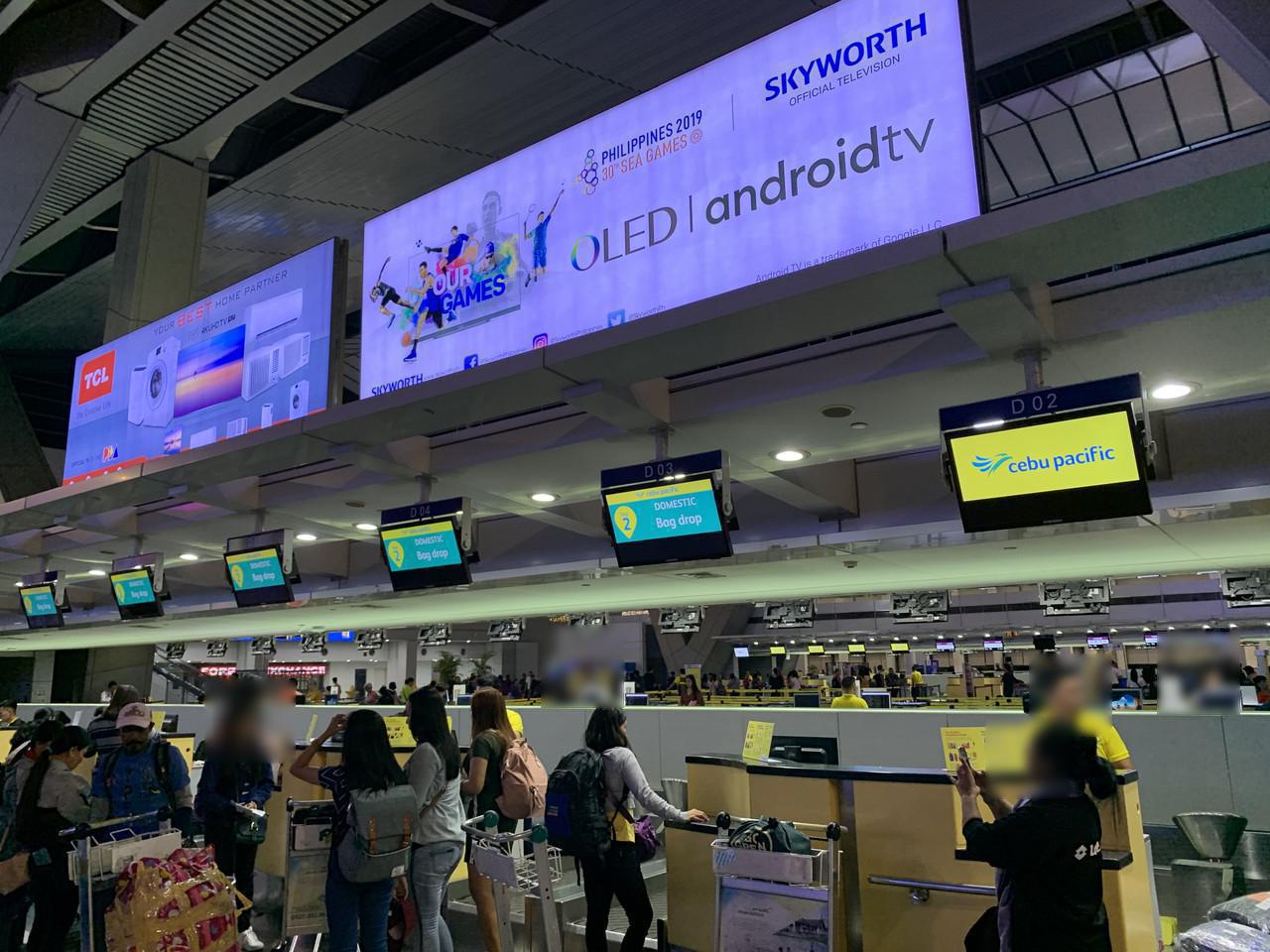
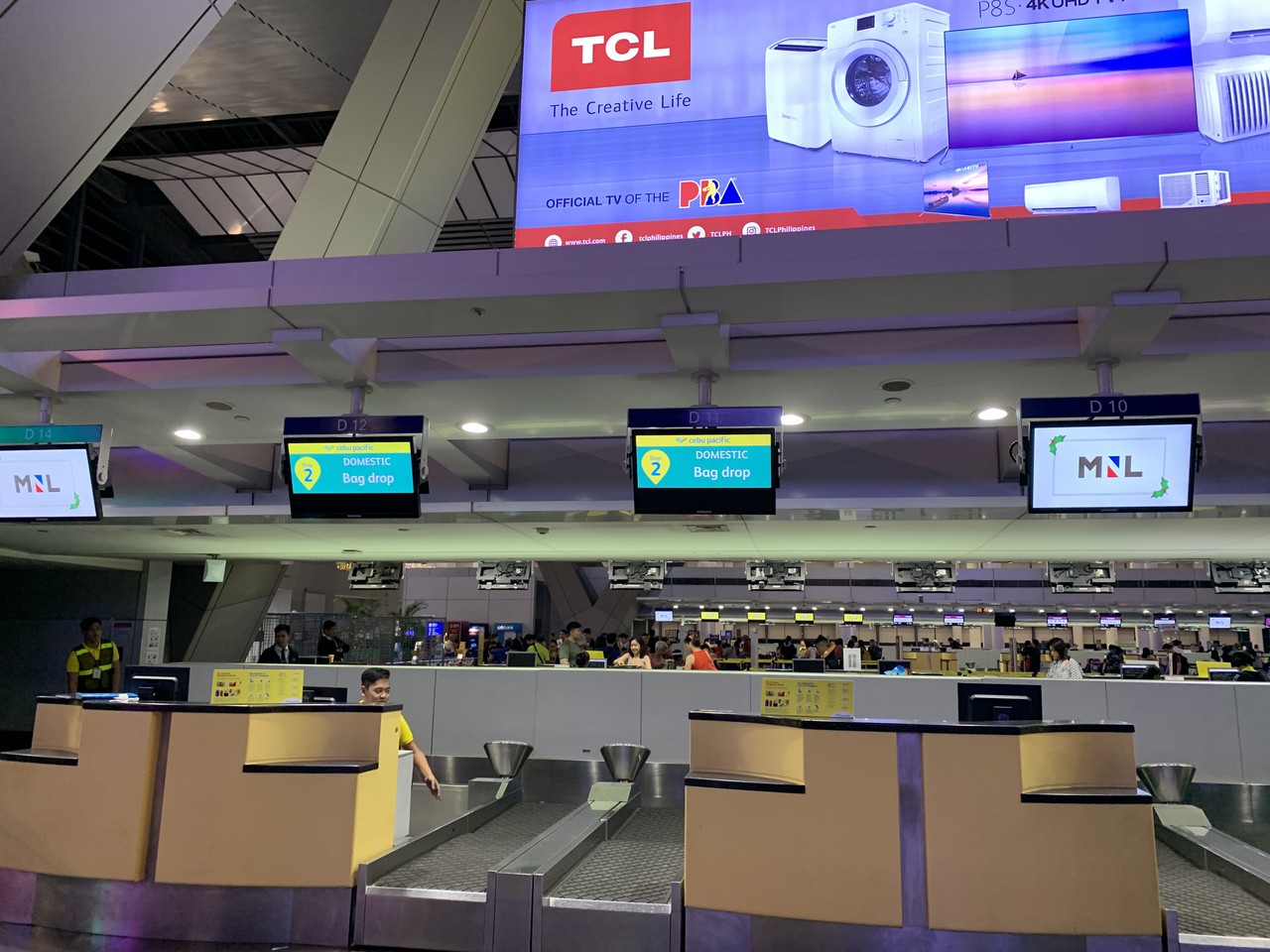
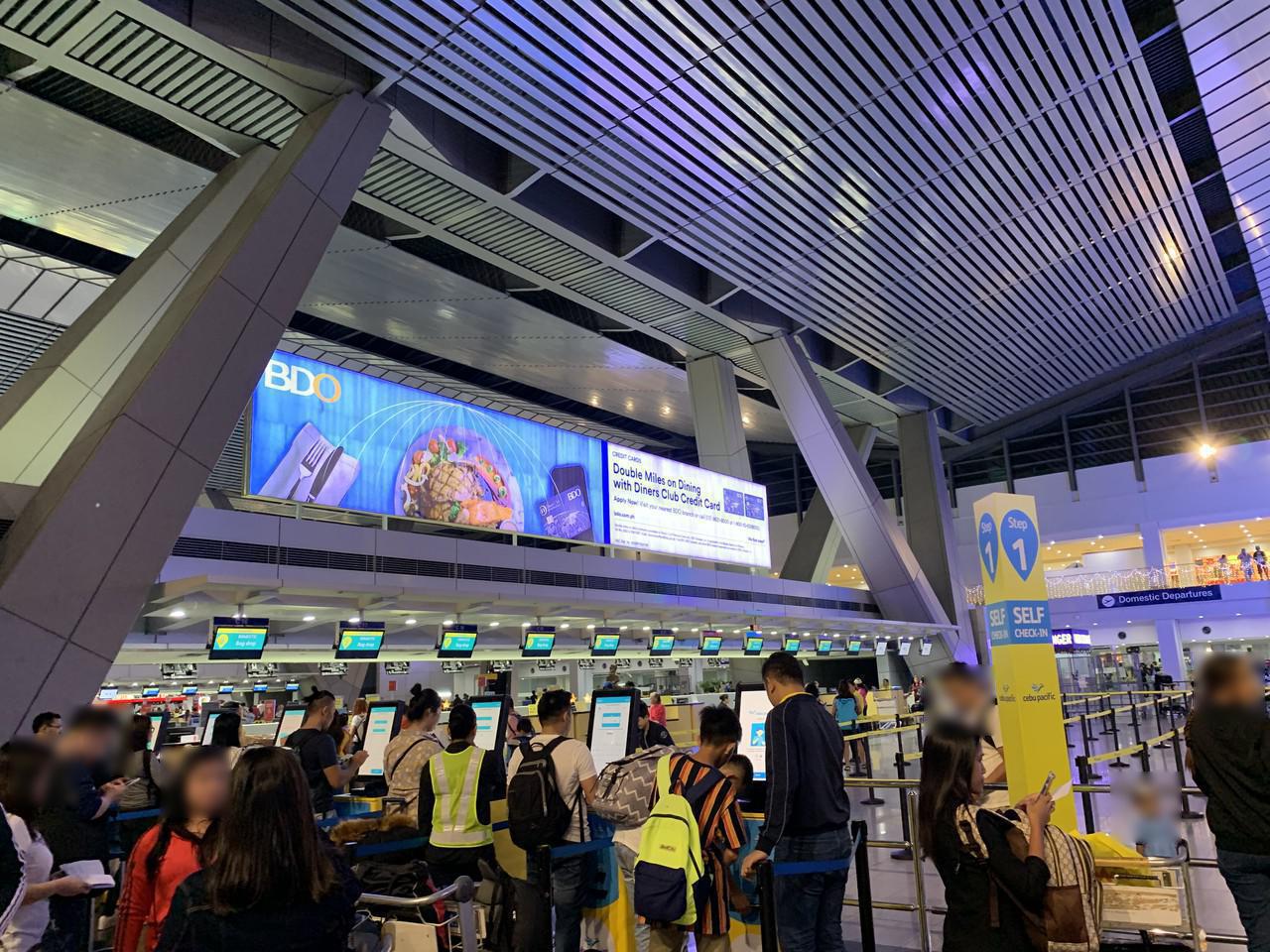
TIP: Passengers can enter through any of the entrances spread throughout the departure level.
I spent quite some time on the land-side (pre-security) portion of the terminal given the array of stores in there. I purhased goods from Coffee Bean, WH Smith, and Tim Hortons. Passengers will be spoiled for choice and unlike most parts of Metro Manila, they can use debit/credit cards at most establishments here.
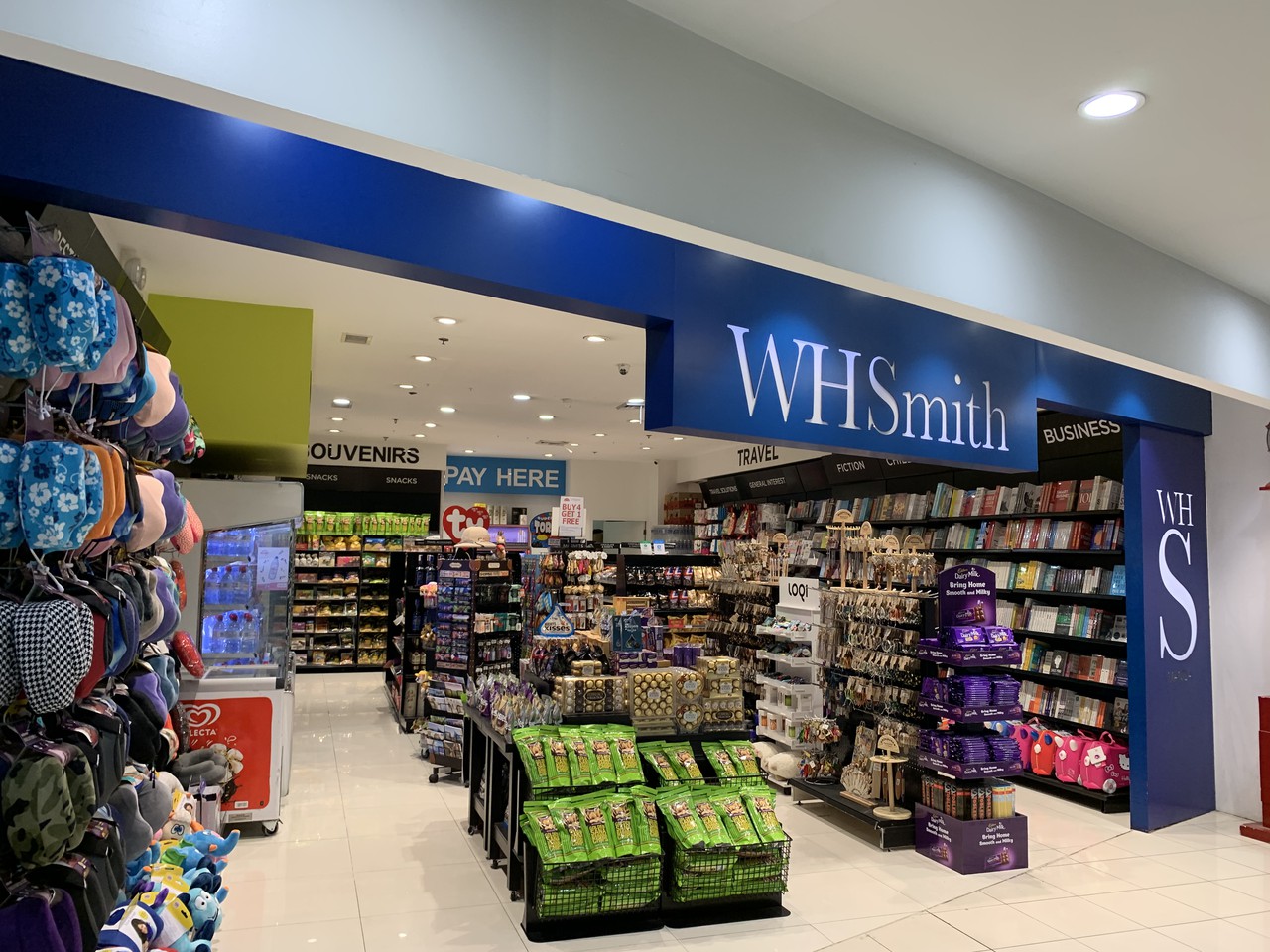
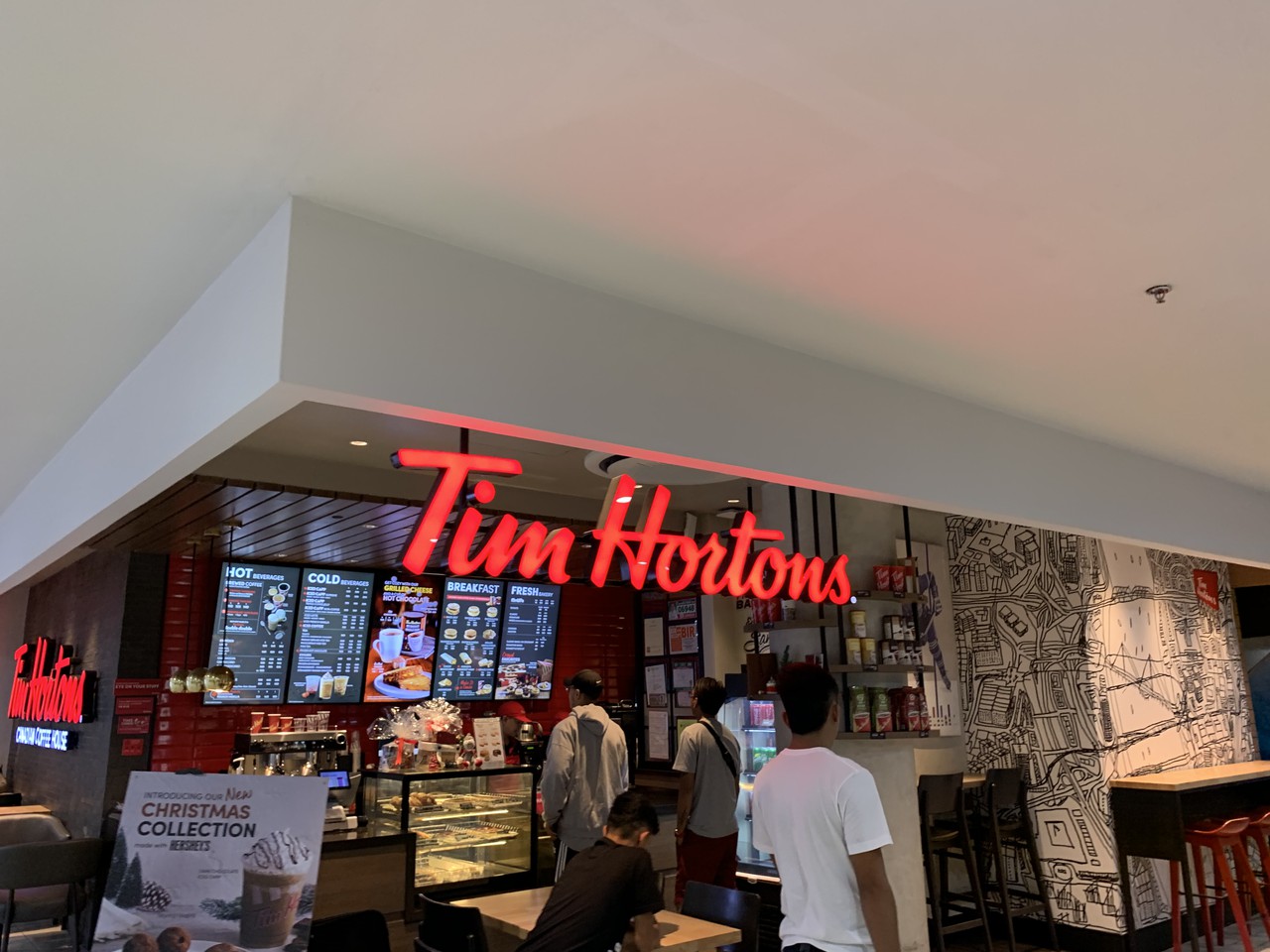

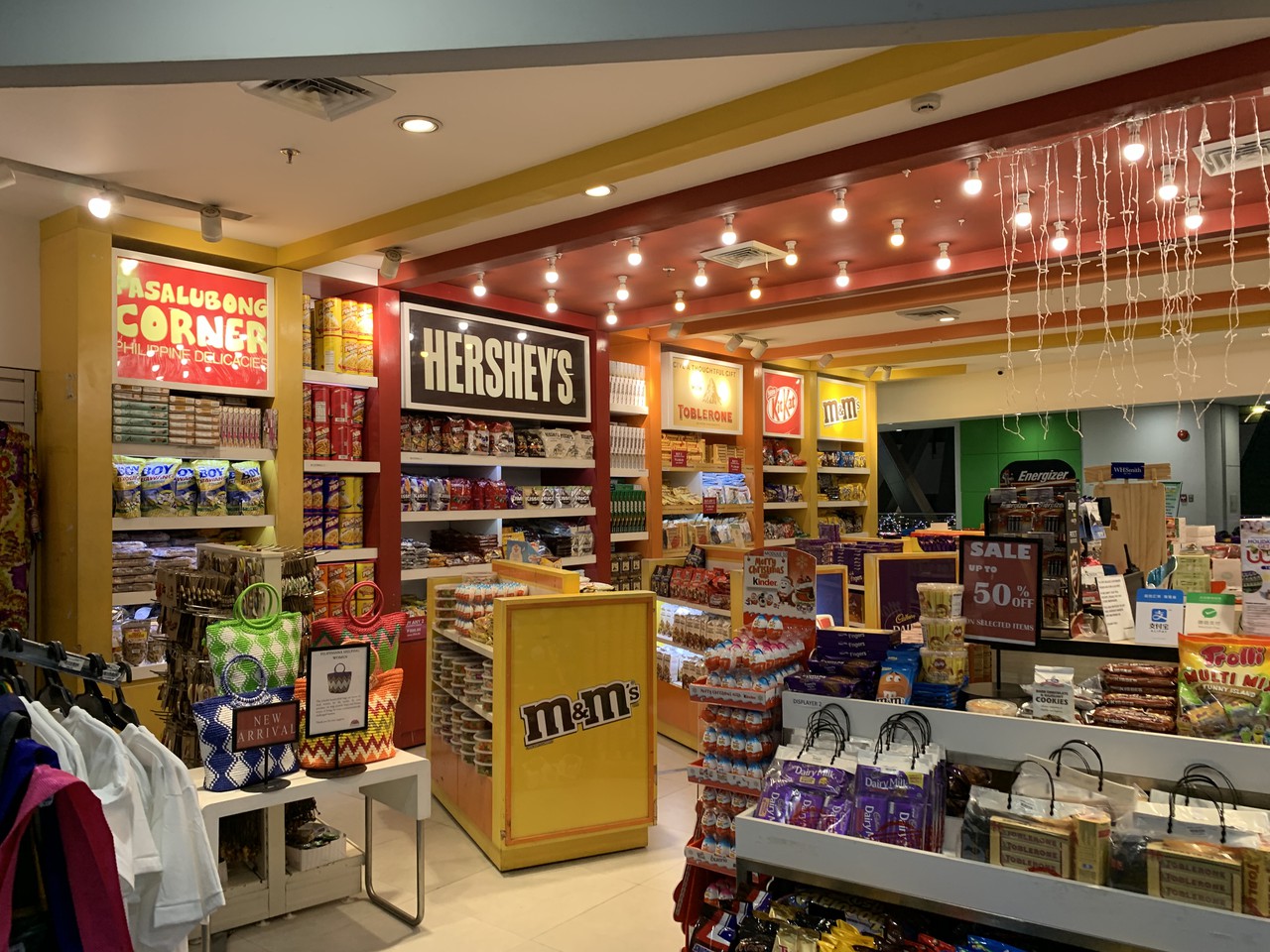
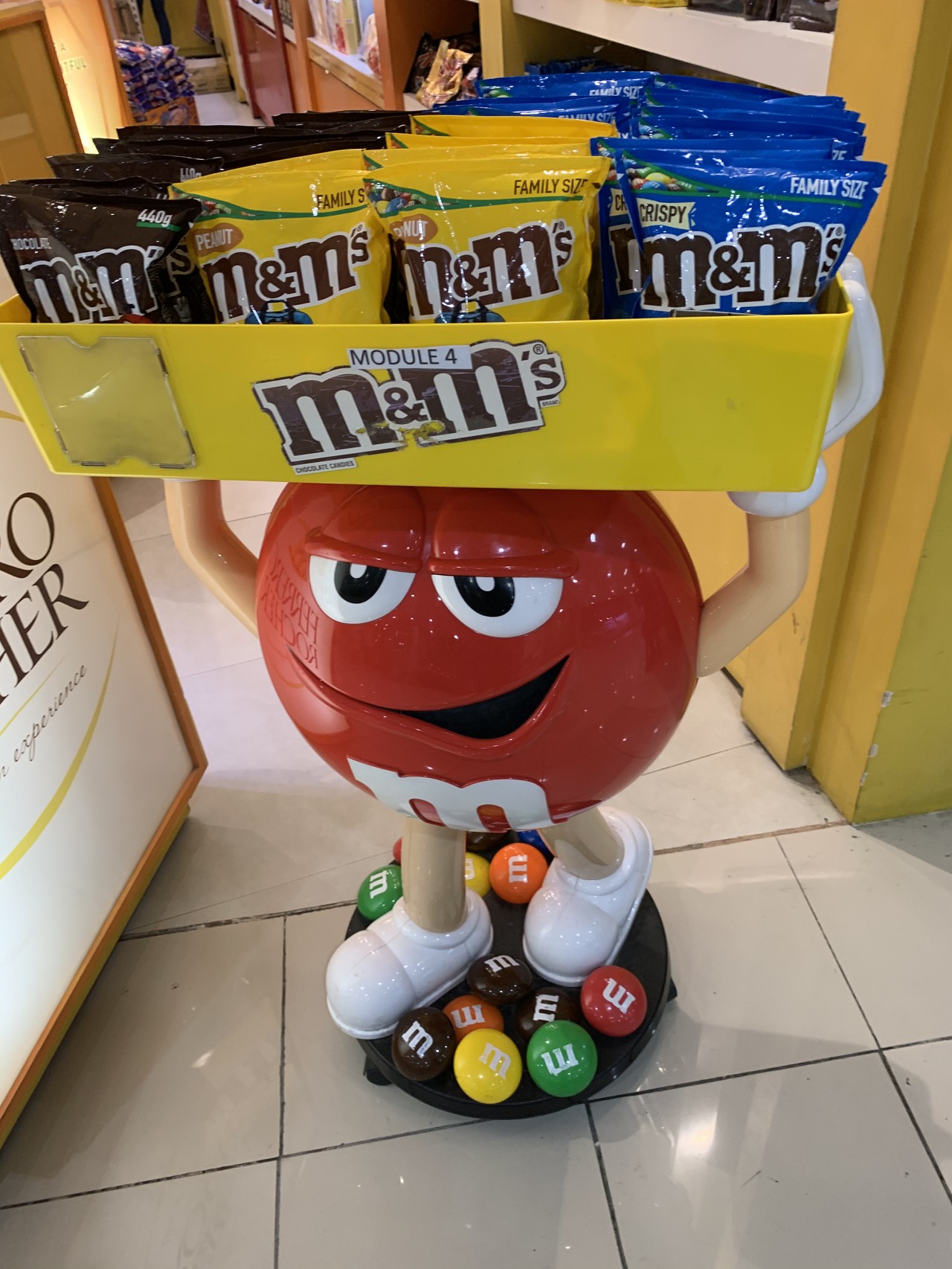
Security was fairly quick. It was nice to see that the layout of the security checkpoints were starting to resemble those in European airports. Luckily for myself, I only needed one tray for all my bags.
The domestic wing was a bit smaller than the international wing and it had a limited number of stores. But there was a Christmas-themed structure in the terminal that travellers have taken their pictures beside. It featured the names of different world cities.
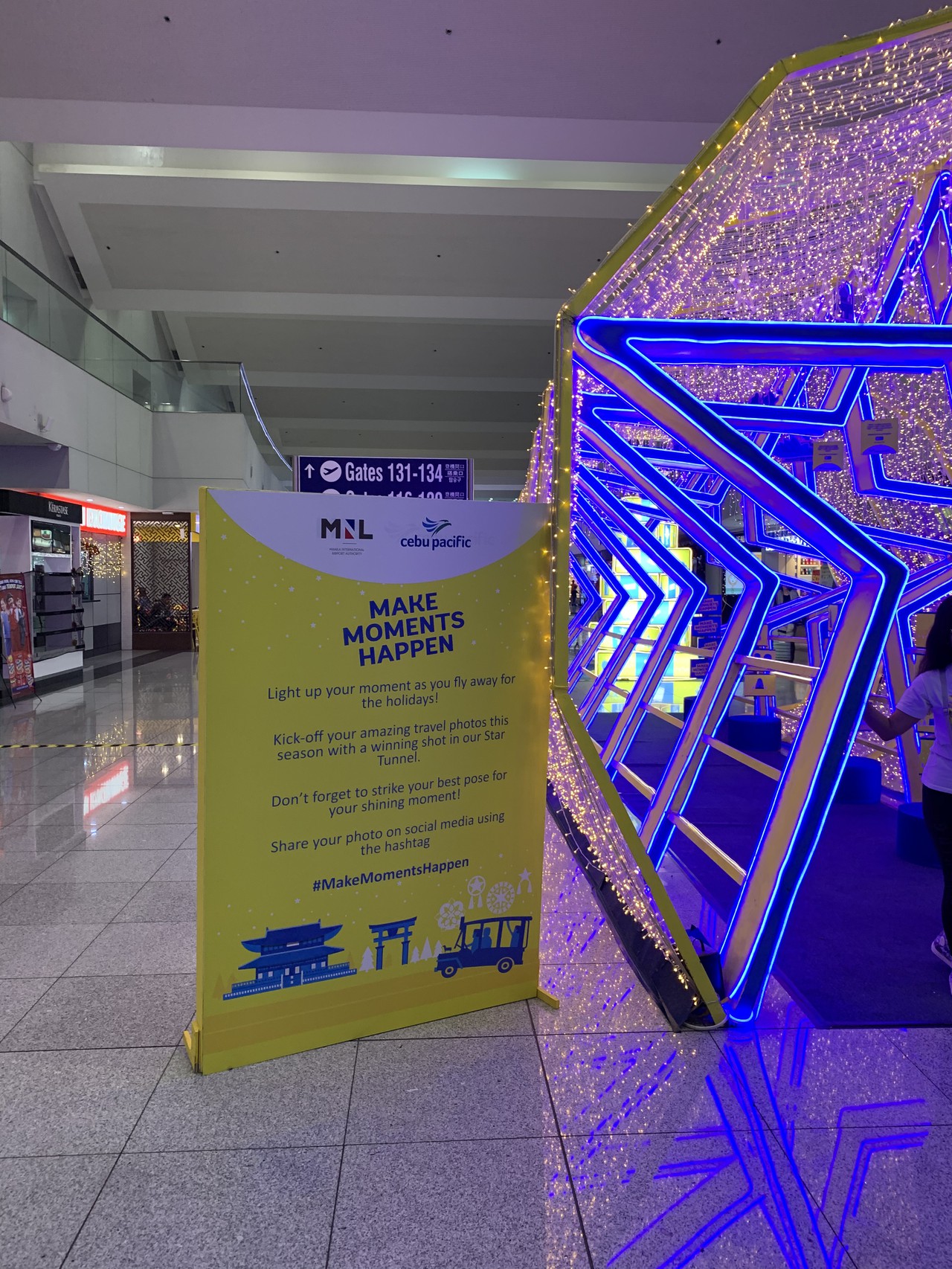
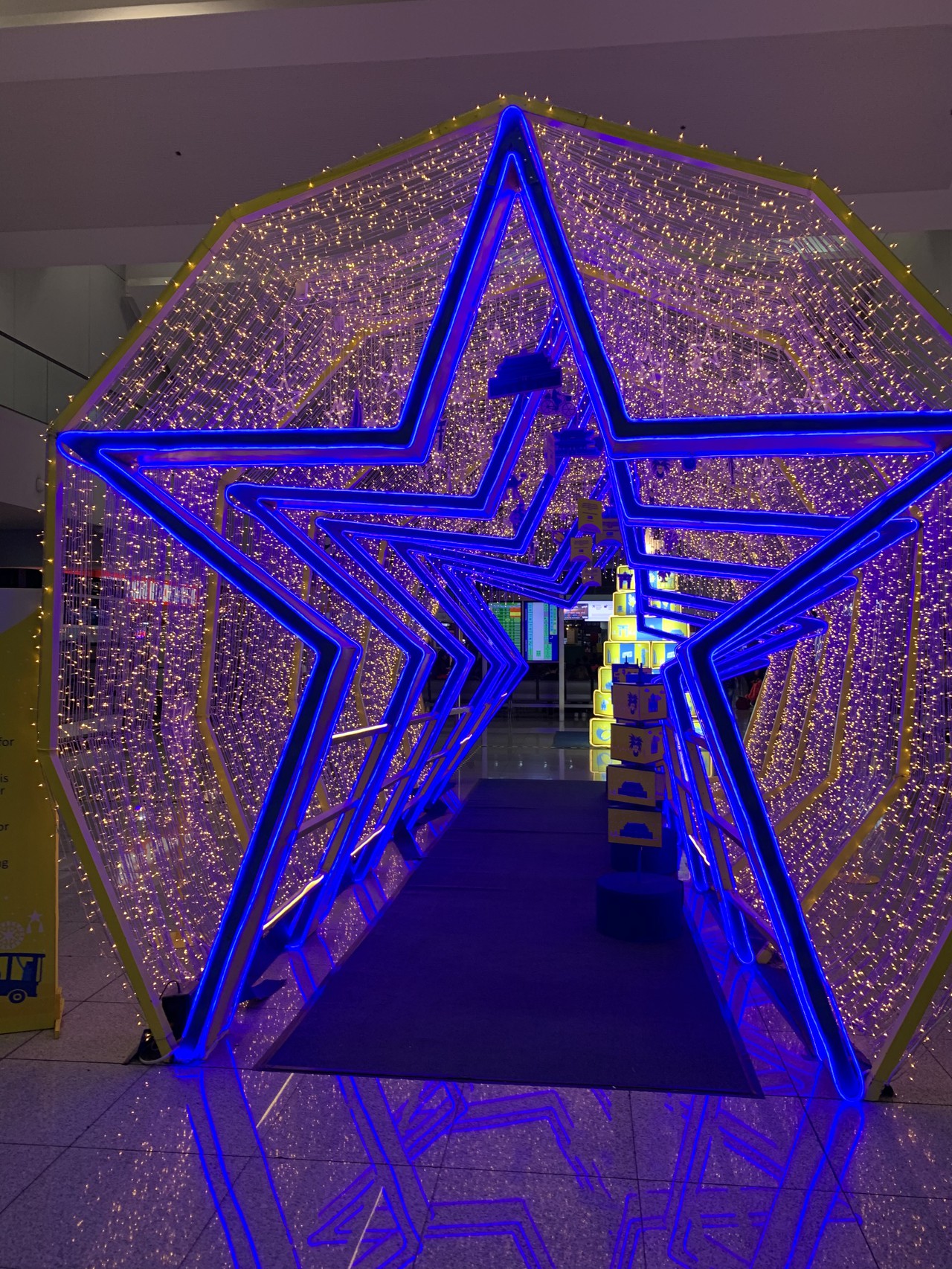
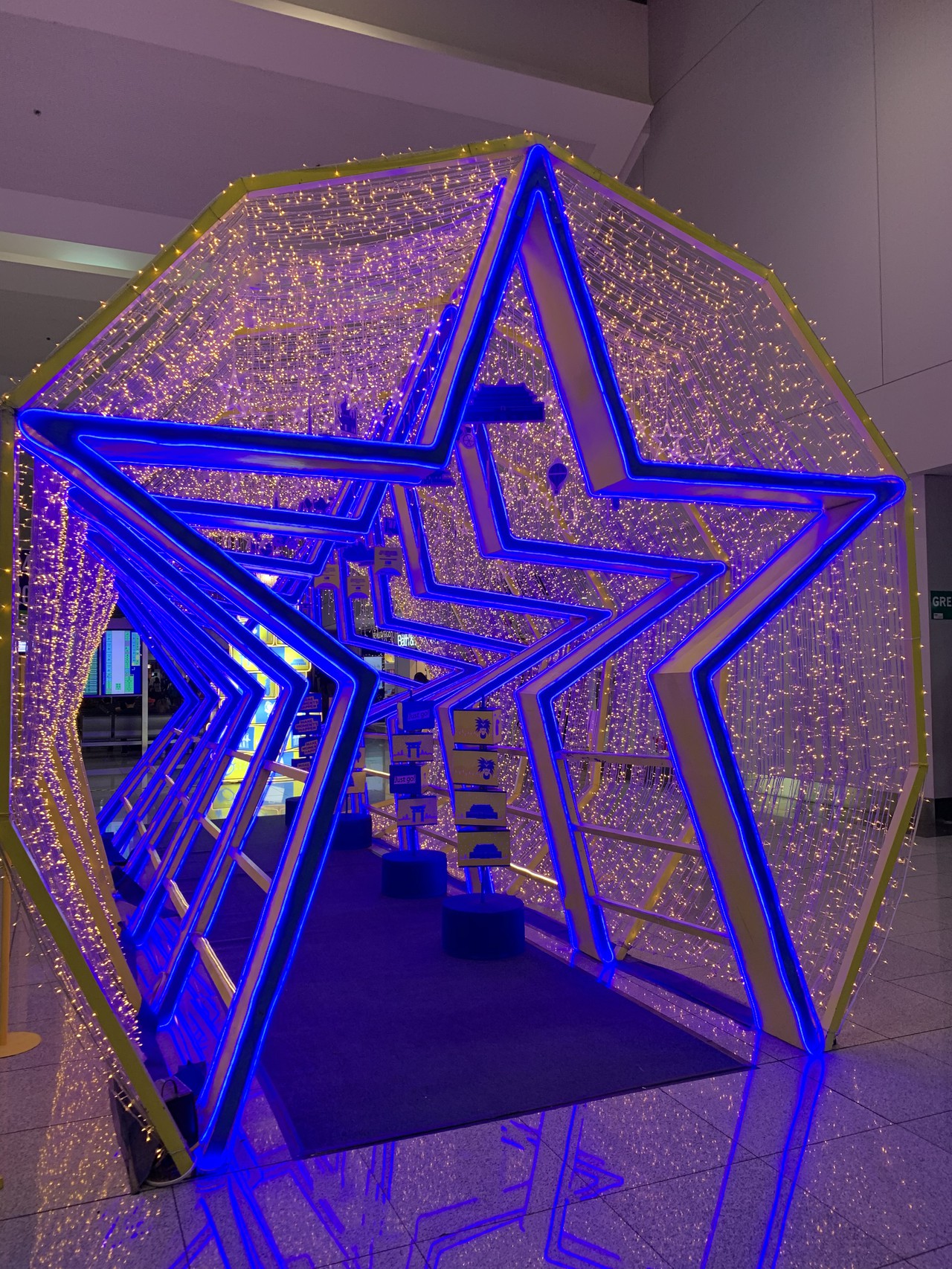
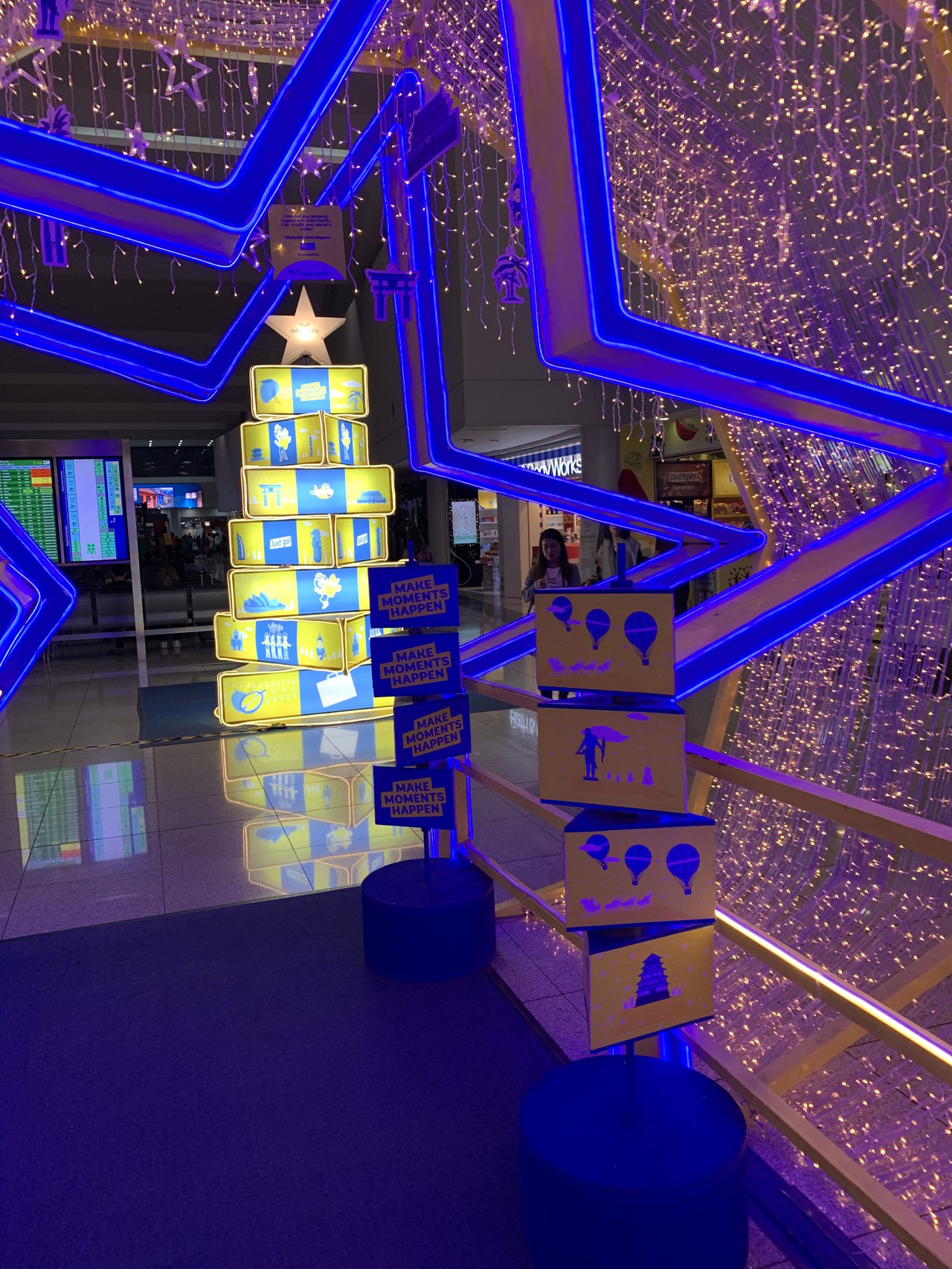
On my way to the gate, I saw a stall selling SIM cards. I purchased one for my iPad. However, I was not quite sure whether there would be adequate mobile phone signal upon arrival given the storms that knocked power out to the region just the week prior.
FLIGHT PROPER
Enter text here…
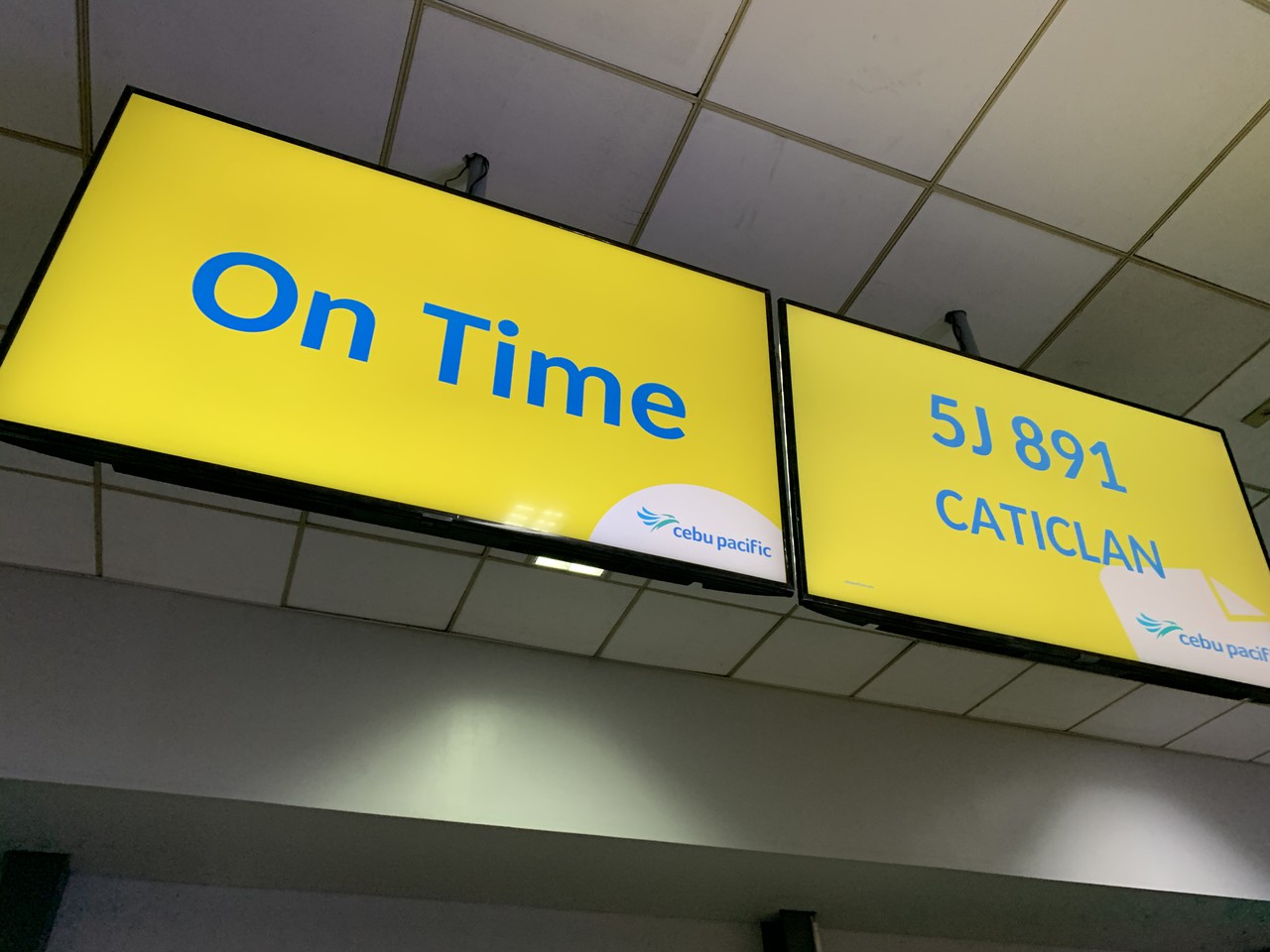

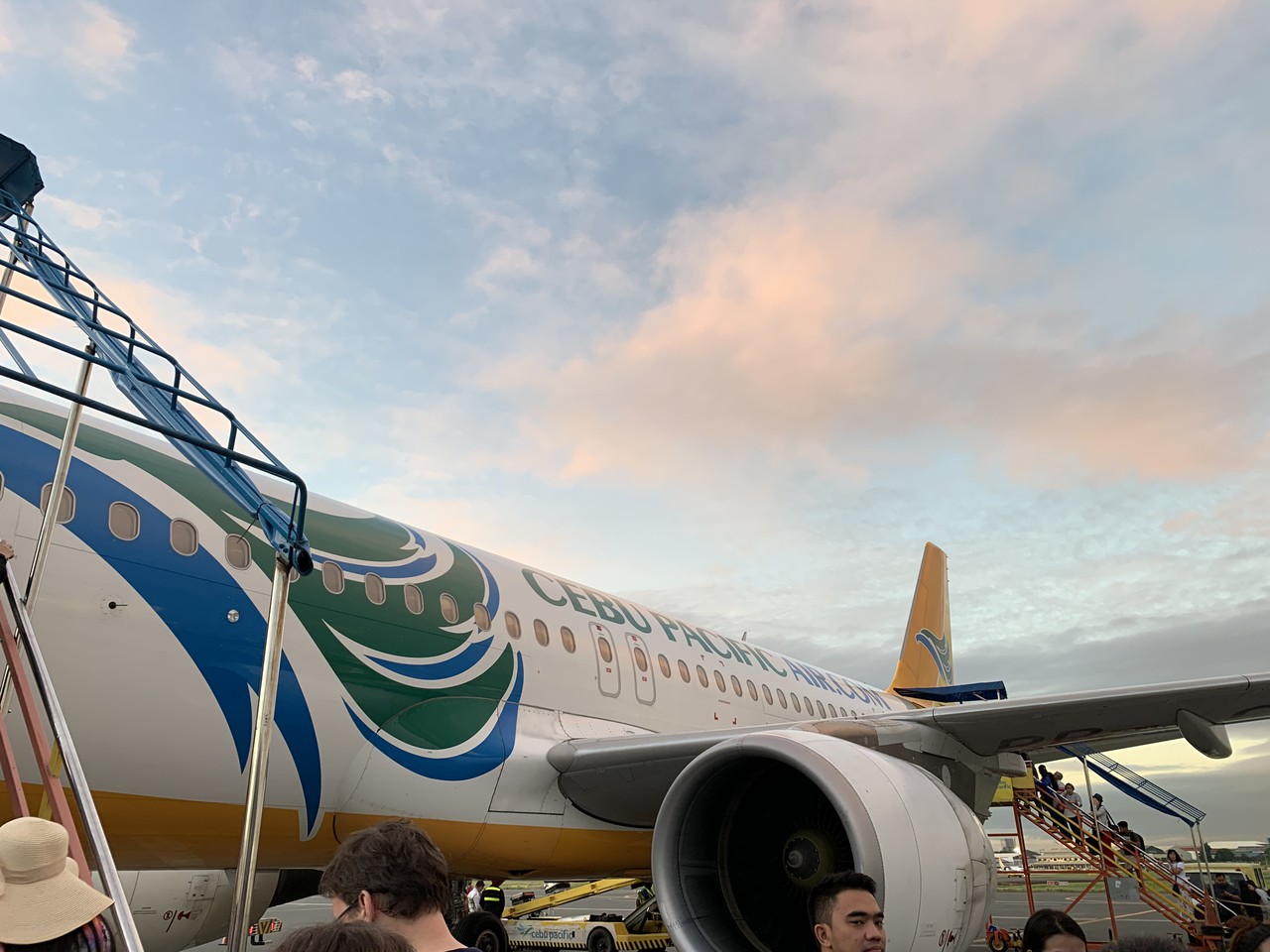
Our gate was one of the remote gates that required us to be bussed between the terminal and aircraft. They were accessible from the main departure floor by escalator and lift . I saw that it was time for boarding and it was relatively orderly. The staff scanned my boarding card without much hassle. We were bussed out into the aircraft in no time.
To be honest, given the relative no-frills nature of domestic (intra-Philippines) flights, I was expecting an uneventful 40 minutes in the air. But from the entrance, I felt the warm greeting of the cabin crew. They were polite and helpful in directing me where to place my bags.
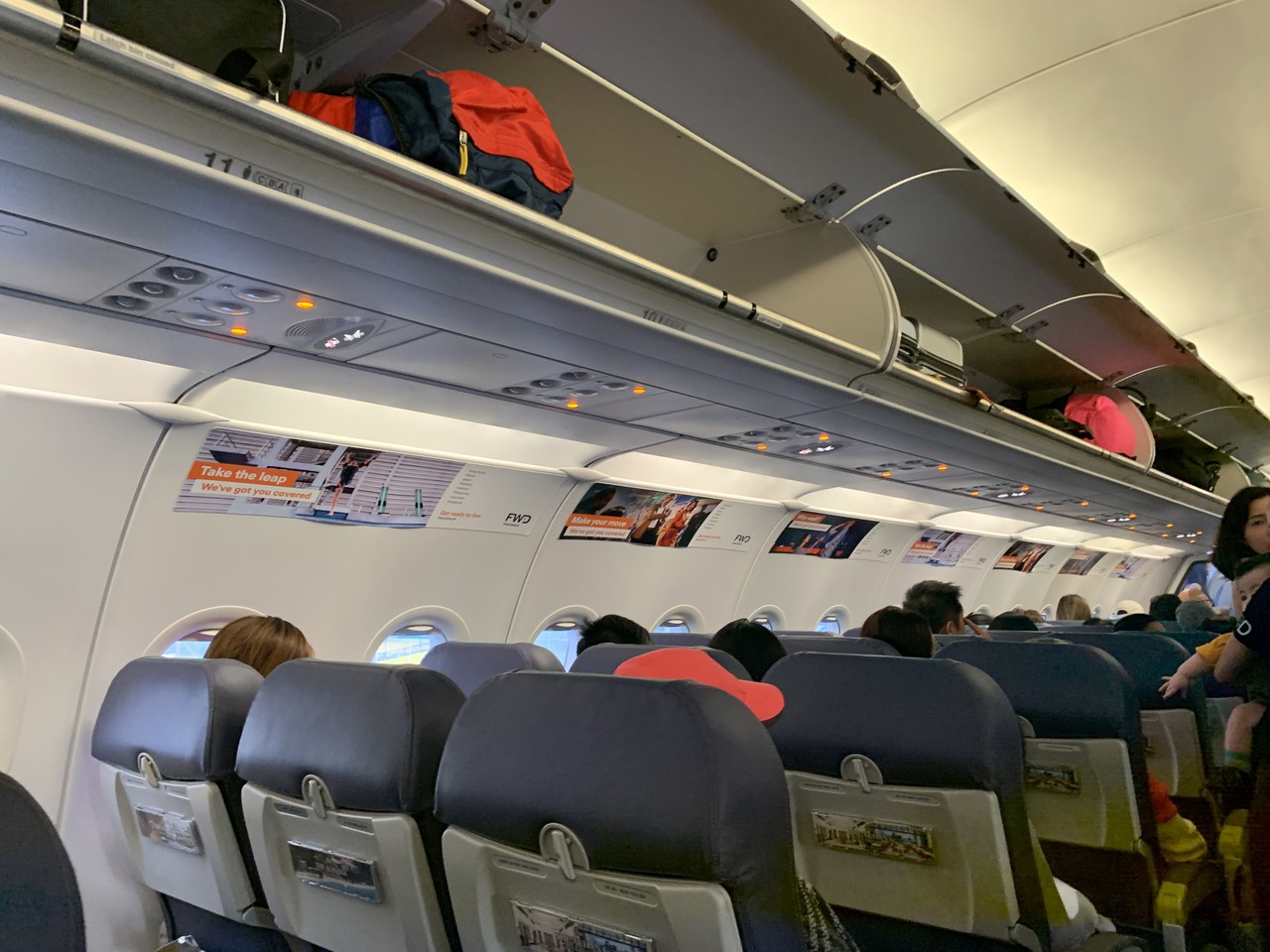
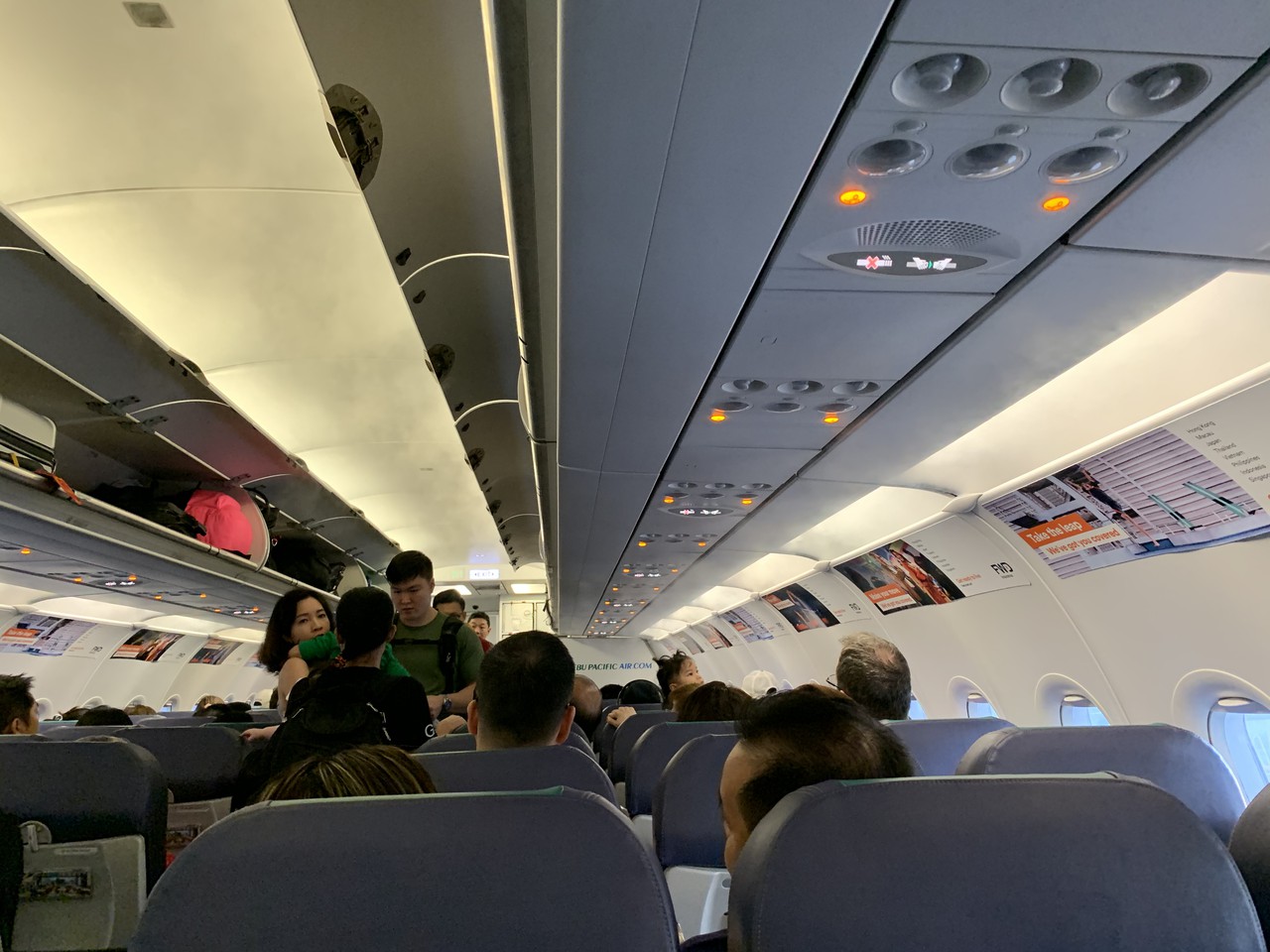
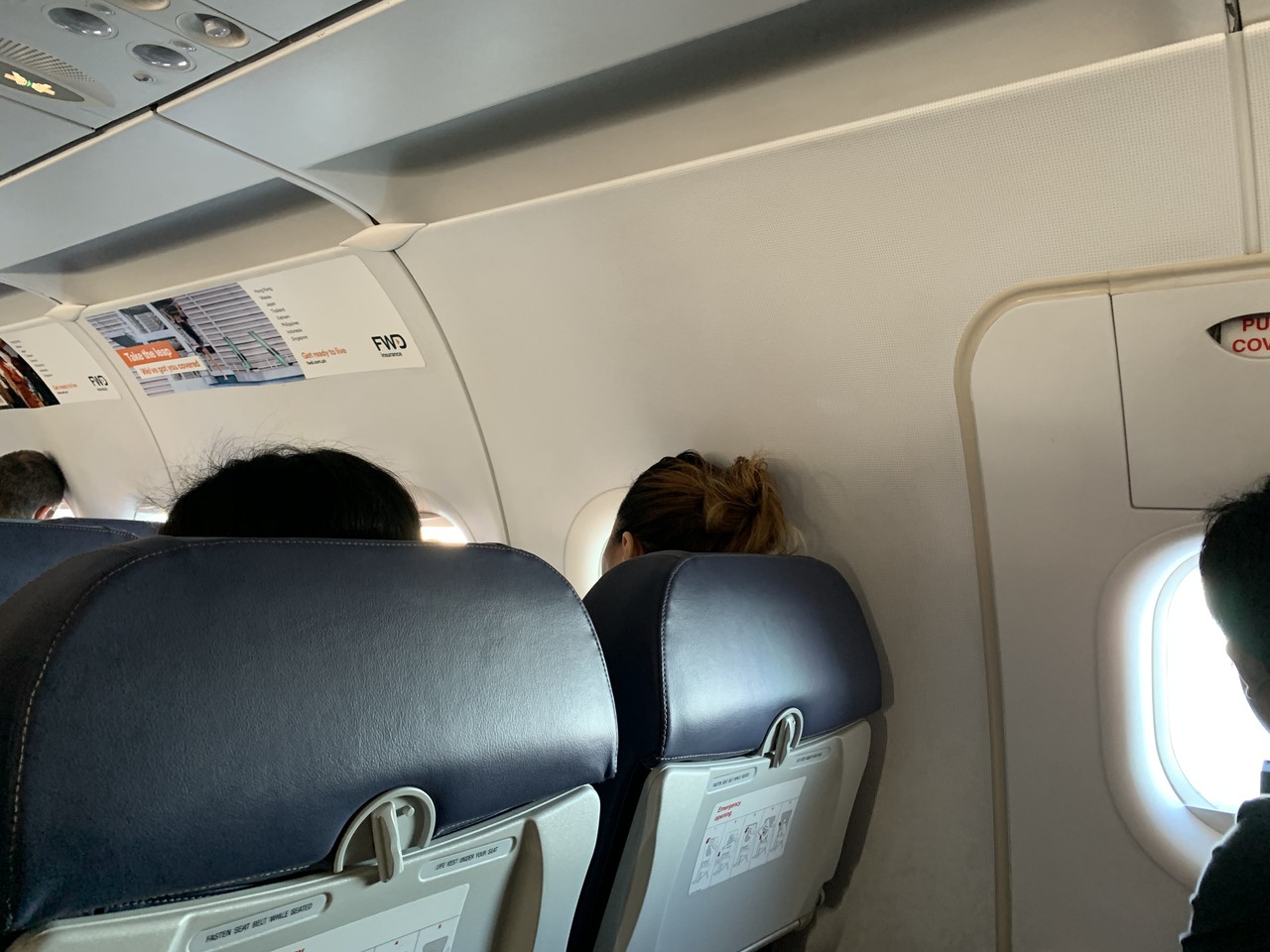
The seats on the aircraft were thick and leather-filled but could not recline.
I was surprised that just before 6.45, we started taxiing to the runway. Just before 7, it was wheels up. After five minutes in the air, the seat belt sign was switched off and I got some stuff from the overhead locker. The crew was getting ready for the meal service. Unlike PAL/PAL Express, the meals were not free on Cebu Pacific. One has to purchase food either on board (for lighter bites) or pre-book heavier meals online. I did not bother as I had already eaten a bit before the flight.
TIP: If you need a heavy meal on your Cebu Pacific flight, please prebook it online. But otherwise, it’s better to eat at the eateries at the airport as those outlets serve larger portions.
The aircraft did not feature IFE of any kind whatsoever but there were colourful ads to light up the place. Instead, I played a video or two downloaded on my iPad. It took a while to tinker with my wireless headset since that’s the only headset I had for this trip. But I got it to work in the end.
The cabin crew were also selling other goods and collecting what I believe were UNICEF donations.
Just a few minutes into the show I was watching, the seat belt sign was switched on for descent. I could see the islands of Visayas from my window. I felt some bumpiness during the descent. Before I knew it, we were on the ground.
ARRIVAL
Upon arrival, one new thing I noticed was that we did not have to be bussed in anymore to the other end of the airport. It used to require exiting the airport premises and using the main road before re-entering it. There was a new purpose-built arrival terminal just right where the planes were parked. The arrival terminal also had provisions for international passengers though it was not in use when I was there. The baggage claim system was a bit unique as there was no carousel. Instead, a trailer with your bags will be hauled in and staff will place the bags at the counter waiting for passengers to claim them. I was lucky my bag was one of the first to be retrieved. I headed for the exit where I found the shuttle service to my hotel. As I was travelling to my hotel, I could see buildings without power. With new year's eve around the corner, I am not sure how the island would celebrate it when juice is in short supply.
